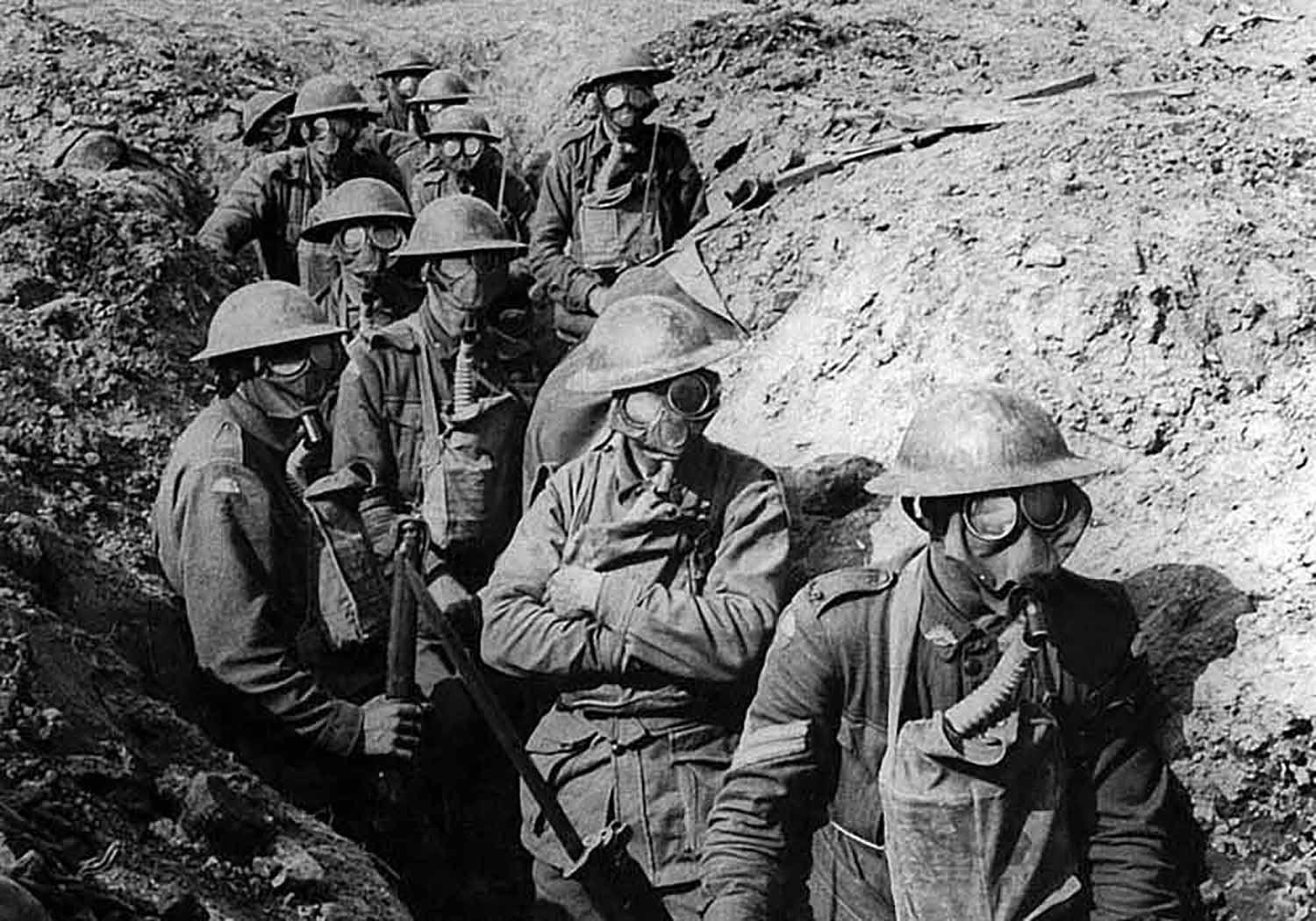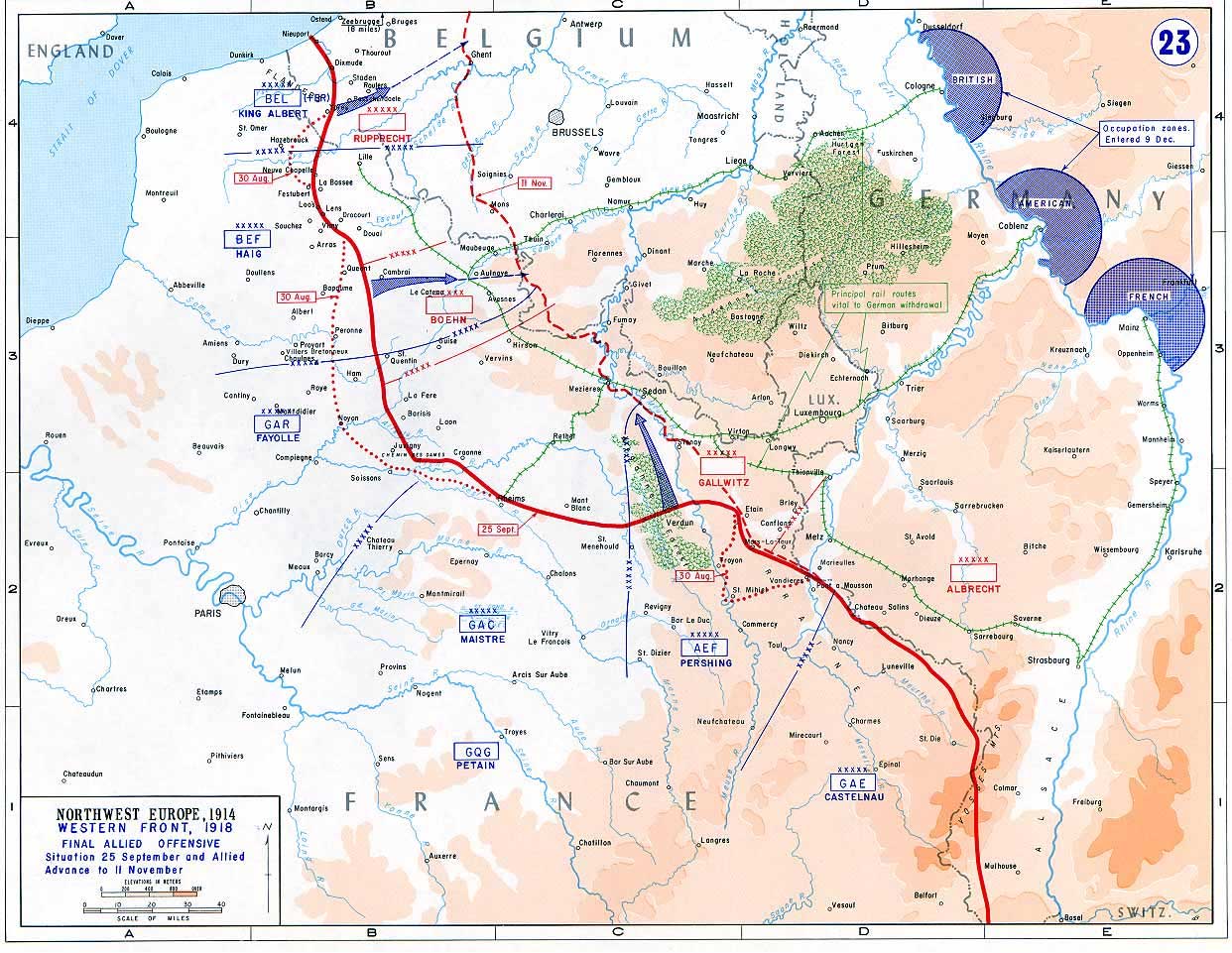Last 100 Days
8 August – 11 November 1918
WW1 - Hundred Days Offensive
Having stopped the German offensives in the spring of 1918, the British and Commonwealth forces attacked in the final battle of the Somme, east of Amiens, on 8th August 1918. This was the ‘Black Day of the German Army’ which signalled the last hundred days of the First World War. The British and Commonwealth forces pushed the Germans back on the Somme, Hindenburg Line and in Flanders with the Fourth Battle of Ypres.
The Facts
- Date: 8 August – 11 November 1918
- Location: Amiens, France to Mons, Belgium
| Countries Involved | |
|---|---|
| British Empire France United States Belgium Portugal Siam |
German Empire Austria-Hungary |
| Countries Commanders | |
| Ferdinand Foch Douglas Haig Philippe Pétain John Pershing King Albert I |
Erich Paul von Hindenburg Erich Ludendorff Wilhelm Groener Georg von der Marwitz |
| Number of Casualties | |
| Over 1,400,000 | Nearly 780,000 |
Elsewhere French and then American forces pushed hard in the Meuse-Argonne Offensive, and gradually the German Army on the Western Front collapsed. The Kaiser abdicated in October 1918 and the new government of Germany decided to sue for peace. The last great British battle of the war was on 4th November 1918 along the Sambre Canal, a day when WW1 war poet Wilfred Owen was killed. The final shots were in the streets and suburbs of the city of Mons on 11th November 1918; a place where for the British, the war had begun in August 1914. As the war came to an end it had cost Britain and the Commonwealth more than a million war dead.

Australian infantry - Ypres


